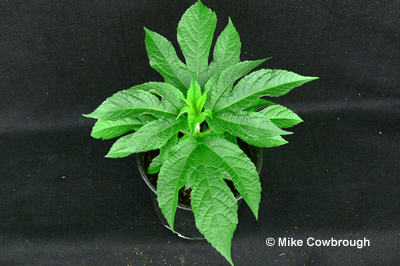As fall advances and winter approaches, weeds don’t look like much of a problem. But in Ontario and elsewhere, some of them are developing resistance to the same herbicides that would kill them only a few years ago.
The International Survey of Herbicide Resistant Weeds says 200 weed species ” which have come to be known rightly or wrongly as “superweeds†” have now developed resistance in more than 570,000 fields worldwide.
And as we head toward that touchstone year of 2050, when the world becomes home to a projected nine billion people, crops will need to be more productive than ever.
To help them flourish, herbicides will continue to be the most important form of weed control.
That’s the word from the global leader in tracking herbicide resistance, Dr. Ian Heap, director of the Oregon-based international survey. He acknowledges resistance is occurring, but says in the big picture herbicides are still the best bet for beating weeds.
Heap will be sharing his findings about the world’s most herbicide resistant weeds at this year’s Ontario Pest Management Conference at the University of Guelph later this week. In keeping with the conference theme “Resistance: Can you manage it?†he’ll be reminding those in attendance that from an economic and yield perspective, weeds are harder on crop yields than insects or disease … and that herbicides are one of the main reasons farmers have been able to feed the world.
I write about his perspective in my Urban Cowboy column in the Guelph Mercury.
The photo of giant ragweed by Mike Cowbrough, weed specialist with the Ontario Ministry of Agriculture, Food and Rural Affairs, is from Ontario Weeds.


